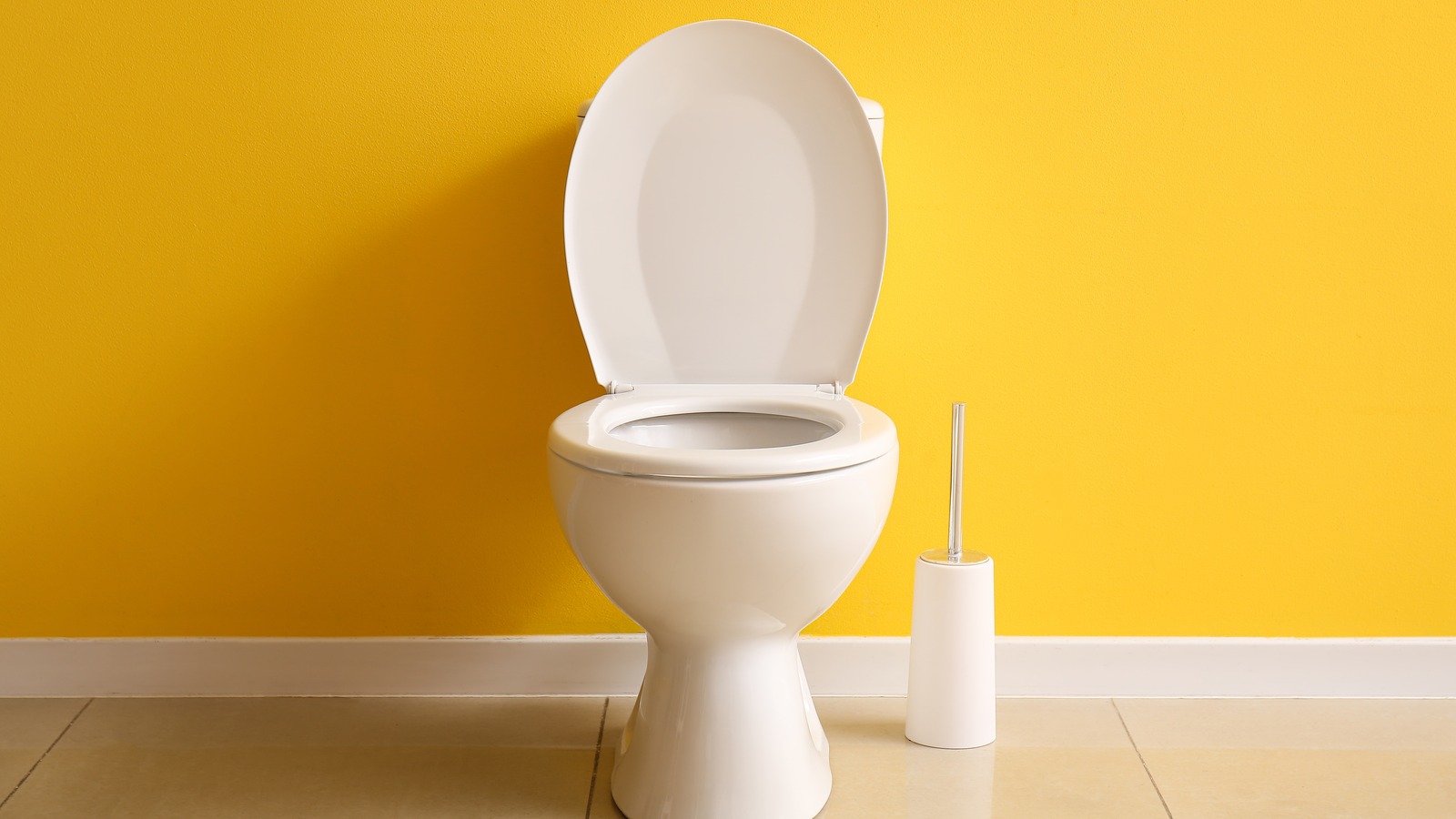
Bile is a yellow-tinted fluid that plays a role in the color of our poop. Its salt content helps metabolize fat from food sources and expel it from the body as waste. Certain liver and gallbladder disorders, however, can decrease levels of bile salts in the body, which can cause our poop to appear yellow or pale. Such disorders include cirrhosis, hepatitis, or gallstones.
People with certain pancreas disorders may also notice their stool appears yellow in color. Disorders such as cystic fibrosis, pancreatic cancer, chronic pancreatitis, or pancreatic duct blockages interfere with the organ’s ability to produce digestive enzymes for the intestines to break down fat. As a result, one’s poop may look frothy, greasy, or yellow.
A parasitic infection known as giardiasis can also cause yellow poop. In a 2021 study published in BMJ Case Reports, a patient in their late 20s with iron deficiency anemia reported passing oily, floating stool that was a shade of yellow-brown as many as four times a day. Similar to pancreatic disorders, chronic giardiasis was found to be the reason why the woman’s pancreas was unable to produce necessary digestive enzymes.